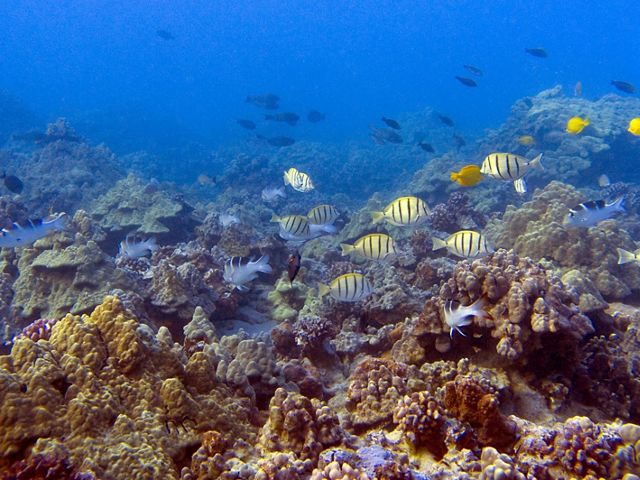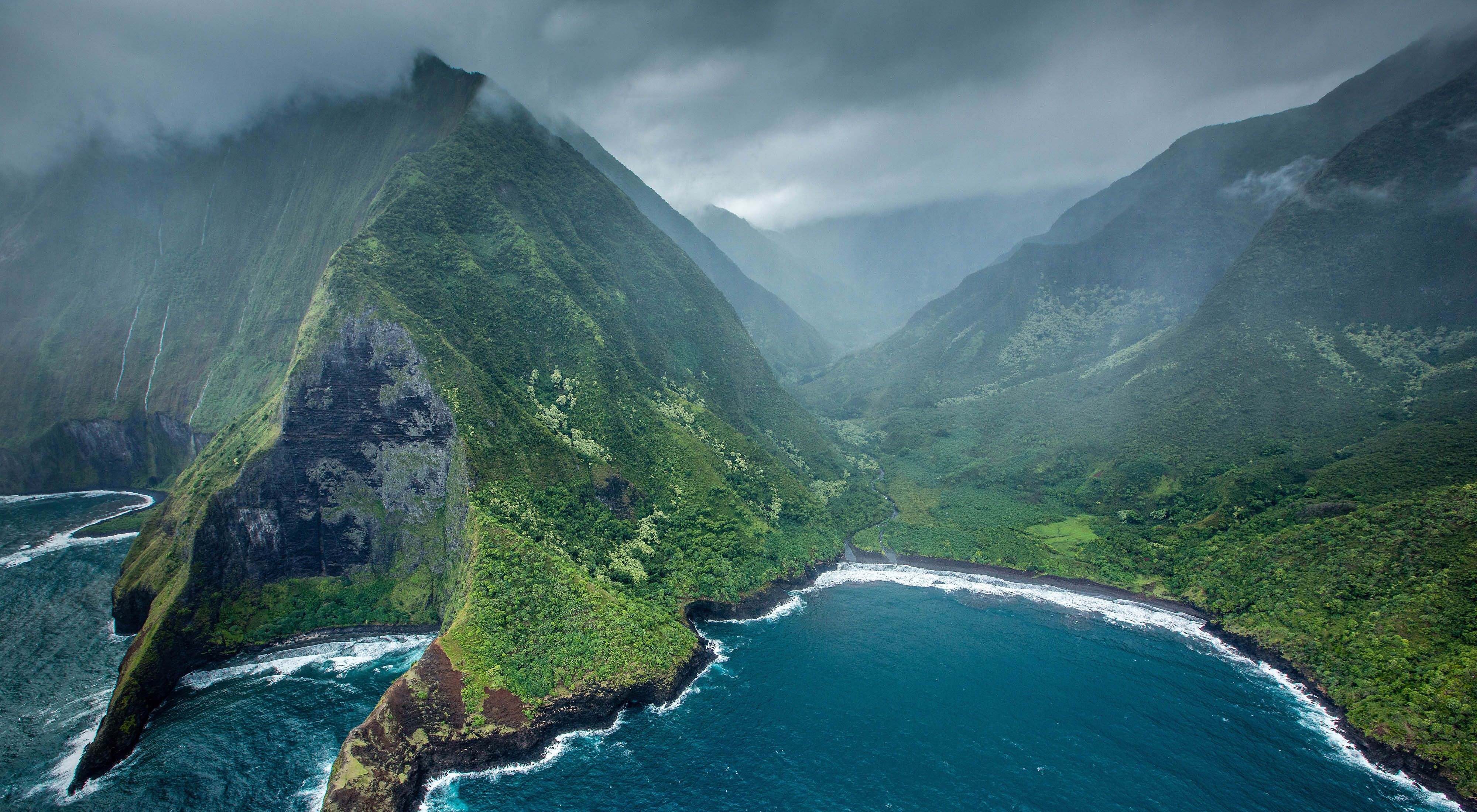Media Contacts
-
Evelyn Wight
The Nature Conservancy
Phone: 808-587-6277
Email: ewight@tnc.org
Hawai'i voters overwhelmingly agree that tourists should pay their fair share to maintain and manage natural and cultural resources. Fully 88% of voters — nearly 9 out of 10 — agree with this assertion and nearly two-thirds (63%) "strongly agree."
A recent survey found that two thirds of Hawai‘i voters support a $50 per person “green fee” for visitors who use state and county beaches, parks and trails to fund programs to protect and restore land, water, wildlife and cultural resources impacted by tourism.
This year, bills establishing the per person green fee have been introduced in the House and Senate, thanks to Senator Donovan Dela Cruz, Speaker Scott Saiki and Environmental Legislative Caucus Chairs Senator Mike Gabbard and Representative Nicole Lowen. On Friday, February 11, the Senate Committees on Water and Land and Energy, Economic Development, and Tourism will hold a joint hearing on SB 3192.
Although Hawaiʻi’s natural beauty is its top attraction, management and conservation efforts receive less than 1% of the state’s annual budget. A green fee could help close Hawaiʻi’s conservation funding gap, which has been estimated at $360 million annually.
With an estimated 10 million tourists visiting our islands annually, a $50 per person green fee could generate $500 million in conservation revenue each year, creating local jobs and protecting Hawaii’s irreplaceable natural and cultural resources, including the forested watersheds that generate the islands’ only source of fresh drinking water and the reefs that protect more than $830 million worth of coastal infrastructure each year, according to a USGS report.

Voters especially value investments in coral reefs, forests, beaches, and coasts — all of which were supported by three in five voters. The list below comprises voter rankings for proposed uses of the visitor green fee.
- 85% support protecting and preserving our beaches and coasts
- 84% support protecting and restoring coral reefs
- 79% support protecting and restoring native forests
- 78% support planting native trees
- 78% support obtaining federal matching funds to protect land, water, and wildlife
- 76% support restoring wetland and coastal areas, and reefs that provide protection against floods and sea-level rise
- 74% support removing and controlling invasive species
- 73% support providing funding to community groups to protect, restore, and manage local fisheries, coral reefs, and wildlife habitat
- 71% support upgrading cesspools and septic tanks to reduce water pollution
- 66% support providing funding to community groups to protect cultural resources and revive traditional agriculture and aquaculture
- 64% support creating green jobs in conservation, energy efficiency, renewable energy, and agriculture
- 62% support restoring and maintaining our hiking trails
The poll was commissioned by The Nature Conservancy, The Trust for Public Land and Resources Legacy Fund. The poll was conducted by FM3 and included 1,088 online and telephone (landline and wireless) interviews with Hawai'i voters across all islands. The margin of sampling error for the study is +/-4.0% at the 95% confidence level; margins of error for population subgroups within the sample will be higher. Due to rounding, not all totals will sum to 100%.
# # #
The Nature Conservancy is a global non-profit organization dedicated to conserving the lands and waters on which all life depends. Informed by science and guided by traditional values and practices, we apply innovative, nature-based solutions to our world's toughest challenges so that nature and people can thrive. TNC has forged partnerships to manage 14 preserves and other sites in Hawai‘i and Palmyra Atoll, working with government, private parties and communities to protect Hawai‘i’s and Palmyra’s forests and coral reefs for their ecological value and for the many benefits they provide to people. Visit nature.org/HawaiiPalmyra.
The Trust for Public Land creates parks and protects land for people, ensuring healthy, livable communities for generations to come. In Hawai‘i, The Trust for Public Land has partnered with local communities and NGOs, Native Hawaiian organizations, and public agencies to protect 47 special places and over 57,000 acres throughout Hawaiʻi Nei. www.tpl.org/hawaii
Resources Legacy Fund builds alliances that advance bold solutions to secure a just and resilient world for people and nature. We partner with leaders in philanthropy, communities, government, science, and business to promote smart policies and secure equitable public funding for the environment, climate change resilience, and healthy communities. www.resourceslegacyfund.org
The Nature Conservancy is a global conservation organization dedicated to conserving the lands and waters on which all life depends. Guided by science, we create innovative, on-the-ground solutions to our world’s toughest challenges so that nature and people can thrive together. We are tackling climate change, conserving lands, waters and oceans at an unprecedented scale, providing food and water sustainably and helping make cities more sustainable. The Nature Conservancy is working to make a lasting difference around the world in 81 countries and territories (40 by direct conservation impact and 41 through partners) through a collaborative approach that engages local communities, governments, the private sector, and other partners. To learn more, visit nature.org or follow @nature_press on X.
